"Plant cultivation" Strelitzia reginae greenhouse flower cultivation manual
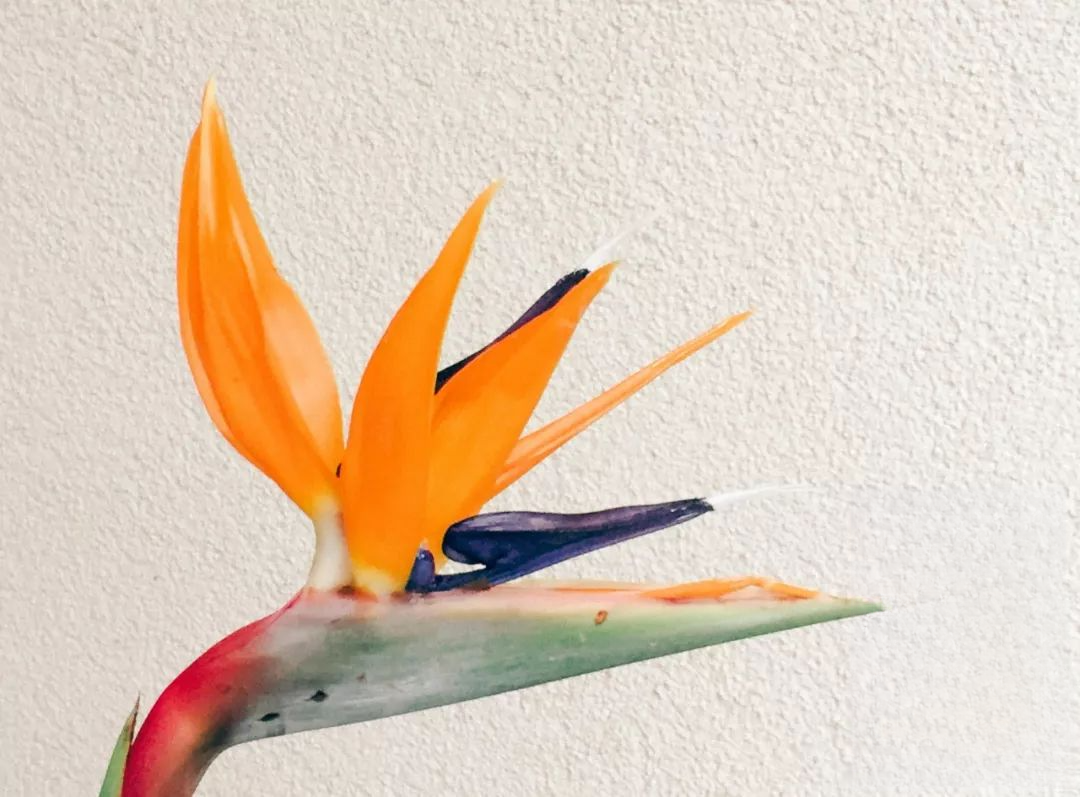 Strelitzia reginae is also known as bird of paradise. It is a plant of the genus Strelitzia in the family Araceae. The potted plants can bloom dozens of branches at a time. The leaves are large and beautiful, evergreen all year round, and the flowers are peculiar in shape. The orange-yellow calyx, dark blue petals, white stigma, and purple-red involucre make the whole inflorescence look like a group of cranes. The beautiful flowers and leaves fully demonstrate the main plant effect of the tropical landscape.
Strelitzia reginae is also known as bird of paradise. It is a plant of the genus Strelitzia in the family Araceae. The potted plants can bloom dozens of branches at a time. The leaves are large and beautiful, evergreen all year round, and the flowers are peculiar in shape. The orange-yellow calyx, dark blue petals, white stigma, and purple-red involucre make the whole inflorescence look like a group of cranes. The beautiful flowers and leaves fully demonstrate the main plant effect of the tropical landscape.
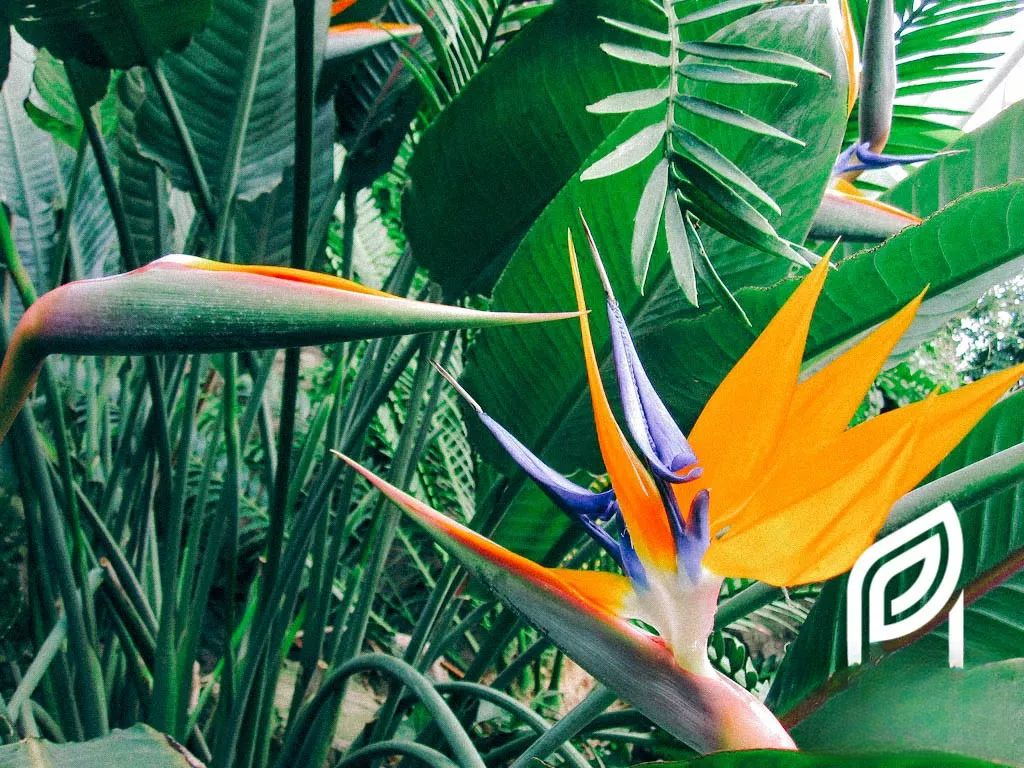 Species knowledge:
Species knowledge:
Perennial herb. Thick fleshy roots and inconspicuous stems. Large plantain-like leaves, opposite, arranged on both sides, with long petioles. Flower stems grow at the top or in the axils of leaves, higher than the leaves. Unique flower shape, blooming in autumn and winter, with a flowering period of more than 100 days. Common species of the same genus include Nicola Strelitzia (S.nicolai), Strelitzia augusta (S.augusta), Strelitzia parvifolia, etc.
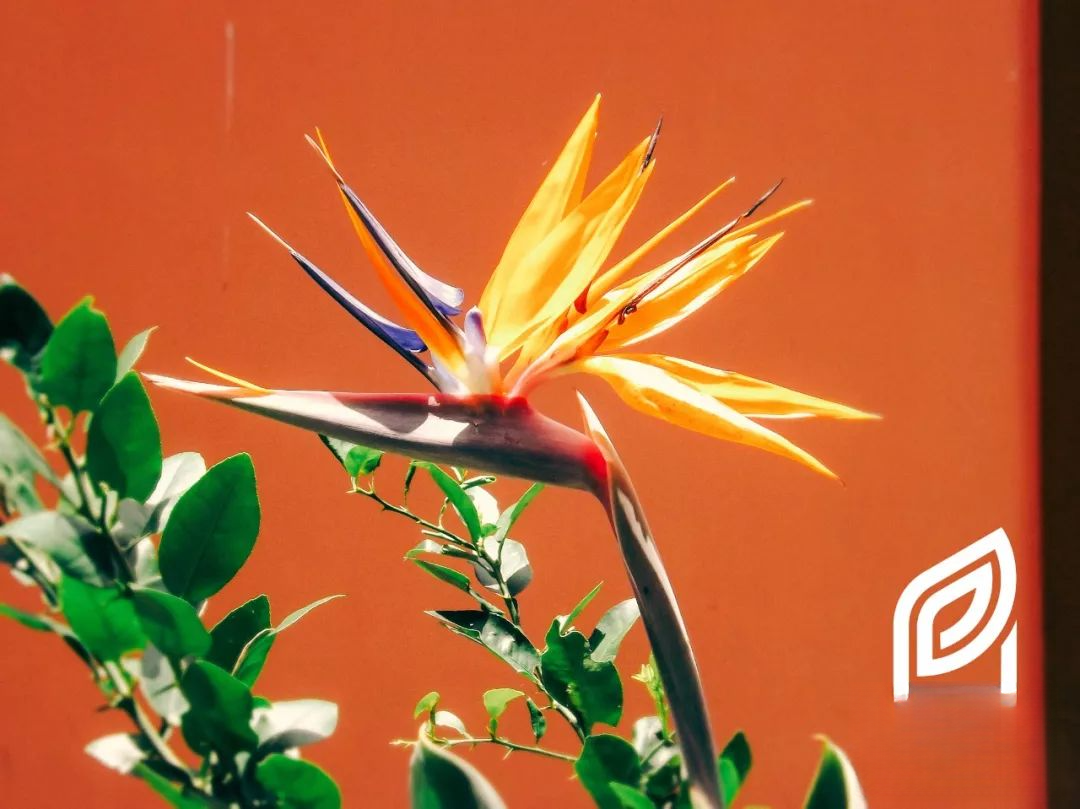 Plant characteristics:
Plant characteristics:
It is native to southern Africa. It likes warm and humid climates, and is afraid of frost and snow. The temperature in winter should not be lower than 5℃. It is a light-loving plant. It needs a little shade in the strong light in summer and plenty of sunlight in winter. Strelitzia reginae is a typical bird-pollinated plant. It is pollinated by hummingbirds in its native place. Artificial cultivation requires artificial pollination to produce fruit.
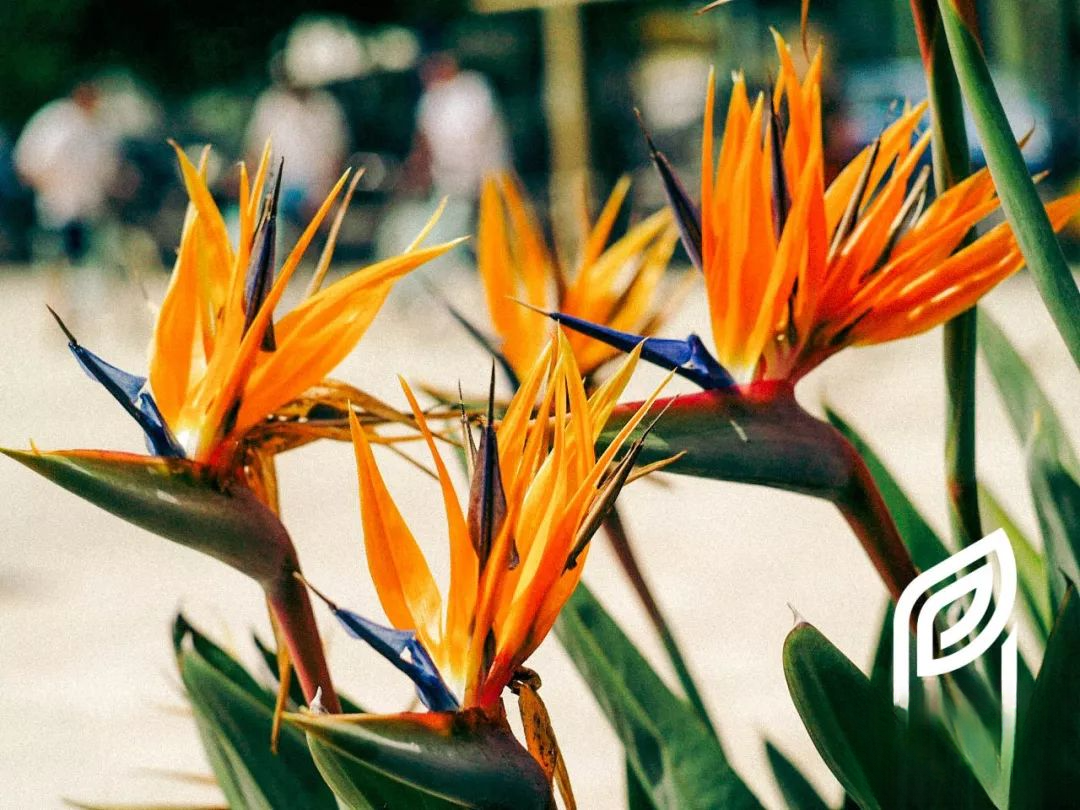 Reproduction:
Reproduction:
It is commonly propagated by sowing and division. For sowing, mature seeds should be sown immediately, and the germination rate is high. The suitable temperature for germination is 25-30 ℃, and it will germinate 15-22 days after sowing. Seedlings can bloom only when they have been cultivated for 4-5 years and have 10 mature leaves. Division is carried out when repotting in spring. Each clump of potted plants should have no less than 8-10 leaves, and it will bloom in autumn and winter of the same year.
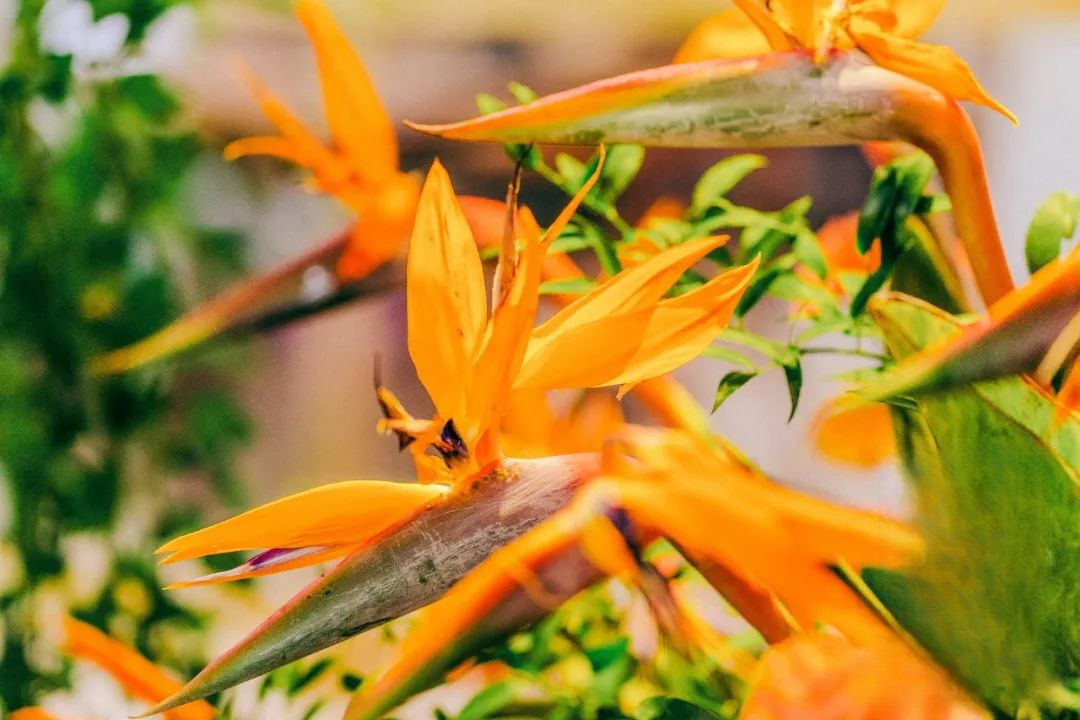 Cultivation:
Cultivation:
For potted Strelitzia, loose, fertile and well-drained base soil is required. If there is too much water in the potting soil, it is easy to cause root rot. Because the root system grows too fast, it needs to be repotted in time. Generally, seedlings are suitable for repotting once a year. When adult plants are repotted, deep pots should be selected. Large space in the pot is more conducive to the development of the surrounding roots. Planting should not be too deep, so that the fleshy roots are not visible, otherwise it will affect the germination of new buds. Sufficient water is required during the summer growing season and the autumn and winter flowering season. The soil must be moistened when watering. Watering should be sufficient in summer. In spring and summer, water should be sprayed on the leaves and the ground around the flowerpot frequently to increase the air humidity and create a cool environment, which is conducive to its growth and development. Note that the amount of watering should be appropriately reduced after flowering. Reduce watering after late autumn, and control watering in winter to keep the potting soil dry. Fertilize once every half month during the growing season, especially when new leaves grow. Fertilize in time. There will be more branches only when new leaves grow. When the flower stems are formed and the flowering period is in full bloom, topdressing can be applied 2 to 4 times. Stop fertilizing after mid-October. In the northern region, move indoors in mid-to-late October, stop fertilizing during the winter, and keep the room temperature above 10℃ to safely overwinter. After the flowers fade, the flower stems should be cut off immediately. Broken leaves and dead leaves should be removed in winter. If the leaves wither, if the petioles are still fresh green, cut off the leaves and keep the petioles. After a few days, the petioles will gradually wither and then lose the petioles. In winter, sufficient sunlight can increase the yield of flowers. The principle of light is the management principle of supplementing shade in winter and not drying in summer. The appearance of the leaves of the plants is more beautiful when shaded, but the number of flowers will become less.
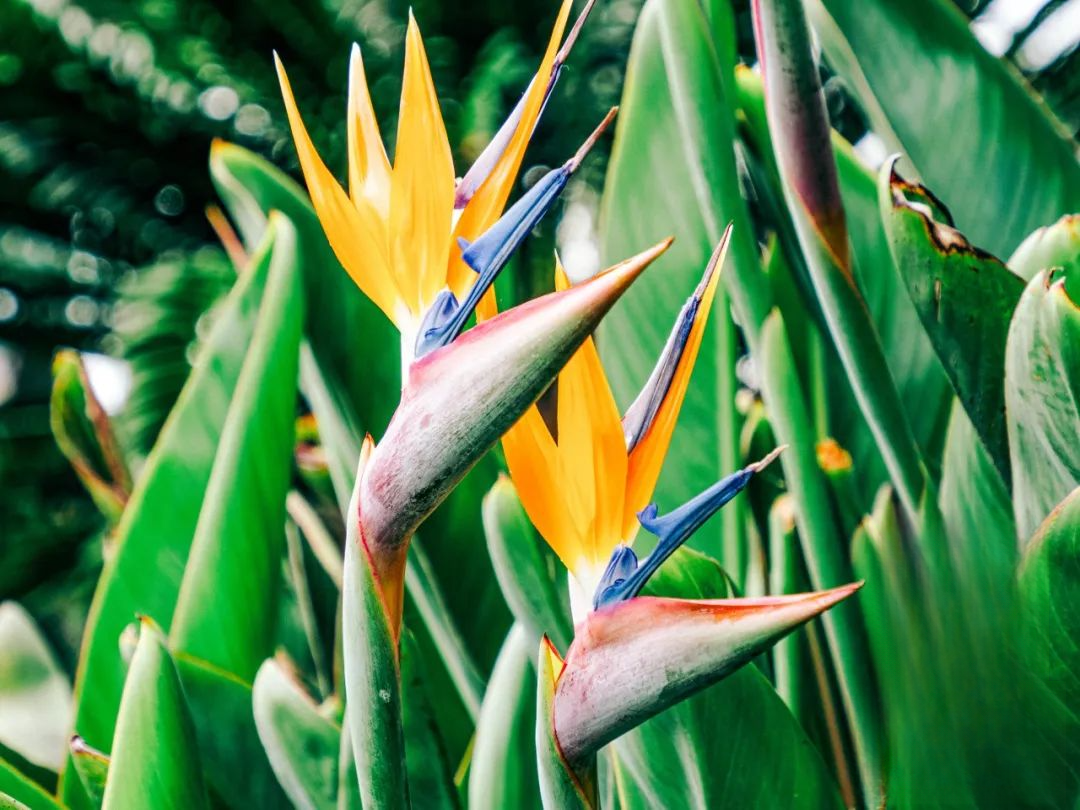
Pay attention to "Plant Cultivation", "The joy of planting is right beside you", place a few pots of colorful flowers or green foliage plants on the balcony or in the living room, or plant a few trees in the courtyard, so that the monotonous buildings add some life and make people feel comfortable. As long as you use your ingenuity and integrate the efforts of your family, you can create an ideal home that can satisfy you in terms of vision and emotion, allowing your family to wander in the green and colorful natural environment.